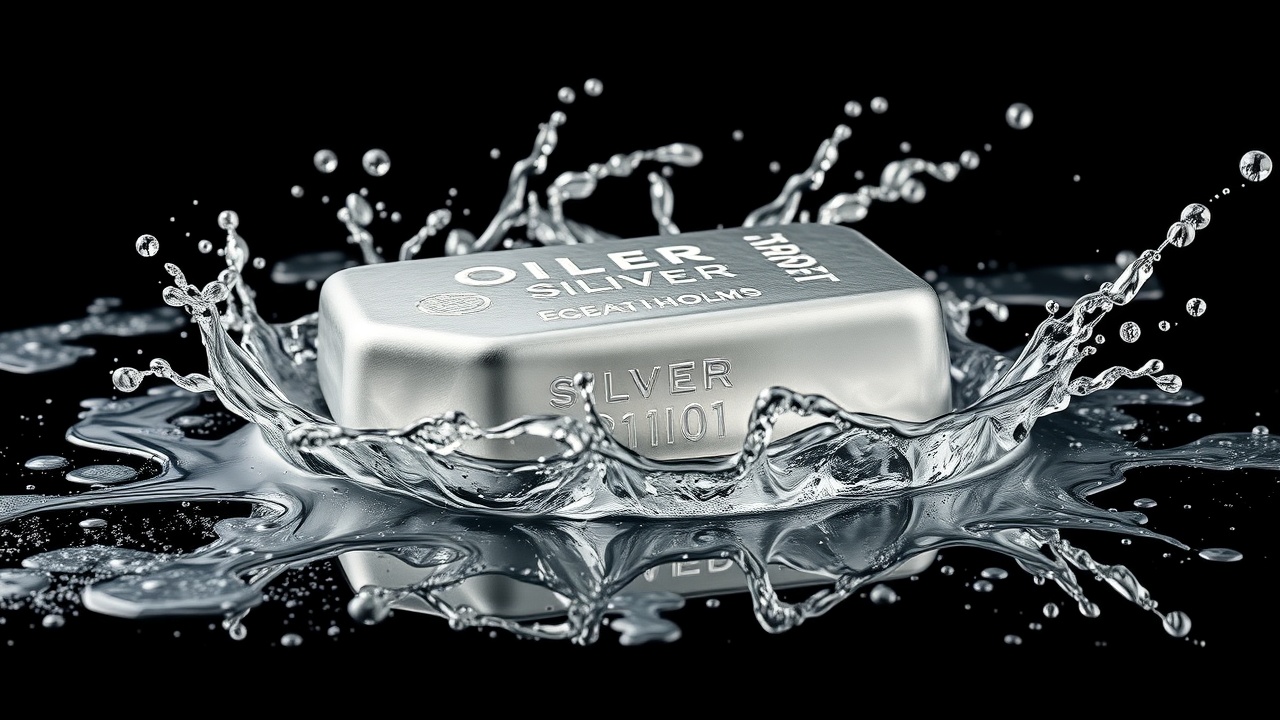
Although investing in silver can be riskier than gold, given the current state of world unpredictability, now might be a good time to purchase the "devil's metal"
Track all markets on TradingView Alongside bonds, one way of diversifying a portfolio away from equities is through commodities. With gains of 27.2 percent over the course of 2024, gold outperformed several major equity indices, including the S&P 500, and reached new all-time highs. This momentum has persisted into the first few months of 2025.
To a great extent, silver is no different. Silver prices are up about 12 percent so far in 2025, having increased 21.5% last year.
The decision to invest in silver is influenced by a number of factors.
Silver's investment case differs from that of gold. Although silver is also a precious metal with a long history of use in coinage, its industrial properties now have the biggest impact on its price.
"Compared to less than 10 percent for gold, industry or technology account for 55 percent of the annual demand for silver," Adrian Ash, director of research at BullionVault, tells BFIA. "Look around you; anything with an on/off switch probably contains silver.
Brazing, alloys, the chemical industry, and medical equipment are some additional industrial use cases. The latter benefits from the fact that bacteria cannot grow on silver, an inert noble metal.
Silver "sometimes tracks action in copper prices more than the safe haven precious metal" because of these concerns.
That being said, silver is influenced by many of the same factors that affect the price of gold, including interest rates, inflation expectations, financial stress, and policy decisions. "Silver can be thought of as gold on crack," Ash asserts. More dangerous, more erratic, and more irrationalbut more enjoyable if you're up for the challenge.
Investors in silver, like those in gold, have profited this year as geopolitical unrest drives up prices, particularly in the lead-up to Donald Trump's tariff regime, which saw precious metals shipped to the US in anticipation of higher import prices.
Jonathan Butler, head of business development and strategy at Mitsubishi Corporation for the LBMA's Alchemist, writes, "This rush to secure physical metal has depleted liquidity and led to sharply higher borrowing costs, with gold, silver, and platinum all experiencing short-term lease rates well into double-digit percentage figures."
Is silver a good investment?
Ash lists three "boom industries" that have historically driven demand for silver in addition to the previously mentioned sectors: renewable energy (especially photovoltaic (PV) solar panels); artificial intelligence (AI), which benefits from the use of silver in wiring, connectors, and switches; and defense, for the same reasons.
The growth of these sectors may be causing an imbalance between supply and demand for silver, which should have a positive medium-term impact on the price of silver.
The Silver Institute reports that the yearly demand for silver rose from 1 point 07 billion ounces to 1 point 20 billion between 2015 and 2023. The supply dropped from 1 point 05 billion to 1 point 01 billion ounces during that time frame. The difference between the amount of silver produced and the amount needed is, in other words, growing.
The primary forces behind rising demand are the boom industries. The demand for silver in industry grew from 457 million ounces in 2015 to 654 million in 2023, and it is predicted to increase by 9% to 711 million ounces in 2024. The main cause of the rising demand for industrial silver is electronics, especially PV solar panels.
However, when thinking about investing in silver, one thing to consider is its volatility. Ash explains that futures and options traders refer to it as "the devil's metal" because it has a tendency to make abrupt, drastic changes right when they believe they have it figured out.
For investors who trade physical bullion at spot prices, Ash says, "that's less of a risk, but its volatility is still significant." "That may present opportunities, but it may also cause you to grieve for a long time.
Which is a better investment: gold or silver?
If you are considering investing in a precious metal like silver, you are probably also at least thinking about investing in gold.
The two metals have very different investment purposes. Although it doesn't have as many industrial uses as silver, gold has always been a more dependable store of value.
Because of their historical significance as precious metals used in coinage, investors frequently compare gold and silver directly. According to some estimates, the gold-silver ratio is the oldest continuously monitored financial ratio in existence. It explains the quantity of silver needed to purchase one ounce of gold.
The ratio of gold to silver is currently around 88.4. Anything above 80 would have been regarded as high prior to this decade, suggesting that gold was overpriced and that it was time to switch to silver.
The picture isn't so clear-cut anymore, though. Due to the Covid pandemic, the gold-silver ratio briefly reached 112 in early 2020. However, it fell precipitously shortly after, and for the past three years, it has remained in the mid-70s or higher.
The gold-silver ratio appears to be stabilizing at a higher level than it has in the past, based on the longer-term trend. Since NYE 1999, the ratio of silver to gold has averaged 68.1%, or one ounce of silver for every ounce of gold. Ash says, "That's up from 57.1 over the previous 25 years.
Ash attributes these high levels to the fact that silver is no longer used as money, "while gold is still in high demand from central banks seeking to diversify the risk of their portfolios."
According to him, "many analysts anticipate some degree of mean reversion in the gold-silver ratio, not least because repeated shortages of silver mining supply versus soaring demand should support, if not boost, prices for years to come." If so, this might lend credence to the idea that gold is overpriced in comparison to silver.
According to research released in January by Capital Economics, silver will perform better than gold in the upcoming years.
Ankita Amajuri, an assistant economist at Capital Economics, wrote, "We think silver prices will rise over the next two years, outperforming both gold and the consensus forecast in the process, given the growing use of silver in fast-growing and non-cyclical sectors, as well as sluggish supply growth."
Amajuri thinks that the demand for silver will rise in the upcoming years due to its growing use in the production of PV solar panels. According to the IEA, global solar PV capacity additions will triple in 2024 - 2030 based on the six years prior to this time. "Attempts to substitute silver with copper have not seen commercial success so far, and silver appears to be irreplaceable in large-scale manufacturing of PVs for now," she wrote.
"By 2030, we anticipate that the photovoltaic sector will account for more than 30% of the overall demand for silver," she continues.
Naturally, AI, which heavily depends on silver in its component hardware, such as computer chips, is another factor driving demand.
As the demand for silver rises due to AI and solar energy, Amajuri contends that "supply will struggle to keep up." Since the pandemic, the world's mine production of silver has stalled, and the high costs and intricate technical procedures may be impeding the production of recycled silver.
Where will the price of silver be in 2025?
As per a survey conducted by BullionVault, sentiment appears to indicate that silver prices may continue to increase this year. Although BullionVault doesn't predict commodity prices, it does poll its clients twice a year to get their opinions on potential future gold and silver prices.
There is a lot of optimism in the December survey of almost 1,450 users, who predict that by the end of the year, the price of silver will have increased by 27.6% from New Year's Eve to £36.90.
Ash claims that because investors are so pessimistic about geopolitics and government debt, they are now optimistic about gold and silver for 2025. "The potential of precious metals as a risk hedge is being seriously considered by investors.
How to purchase silver as an investment.
Silver investment can be made in a number of ways.
It is theoretically possible to purchase actual silver in the form of bars or coins. Nevertheless, these come with a 20 percent VAT and additional dealing spreads of 10 to 15 percent.
Expert custodians can help you reduce this trading spread and avoid sales tax. Because a custodian will typically store your silver in a professional level vault, using one should also save you the money and risk of keeping and insuring physical silver on your own property.
Alternatively, purchasing a physical silver exchange-traded commodity (ETC) will expose you to changes in the price of silver. An ETC behaves similarly to an ETF, but it tracks the spot price of a particular commodity, as opposed to a bundle of stocks. One such tool that tracks the spot price of silver is the iShares Physical Silver ETC (LON: ISLN).
Another option for investing in silver is to purchase stock in silver miners. However, keep in mind that this is a different and possibly riskier investment than buying physical silver or using a spot price tracker because, although fluctuations in the price of silver will affect the share prices of silver miners, they are also subject to other, unrelated factors, like poor management of the company.
Purchasing a silver miners-focused exchange-traded fund (ETF), like the Global X Silver Miners UCITS ETF (LON:SILV), would combine both of these strategies. This should still be viewed as a separate strategy from investing in actual silver (either directly or through an ETC), even though it might lessen some of the business risk involved in purchasing individual silver miners.


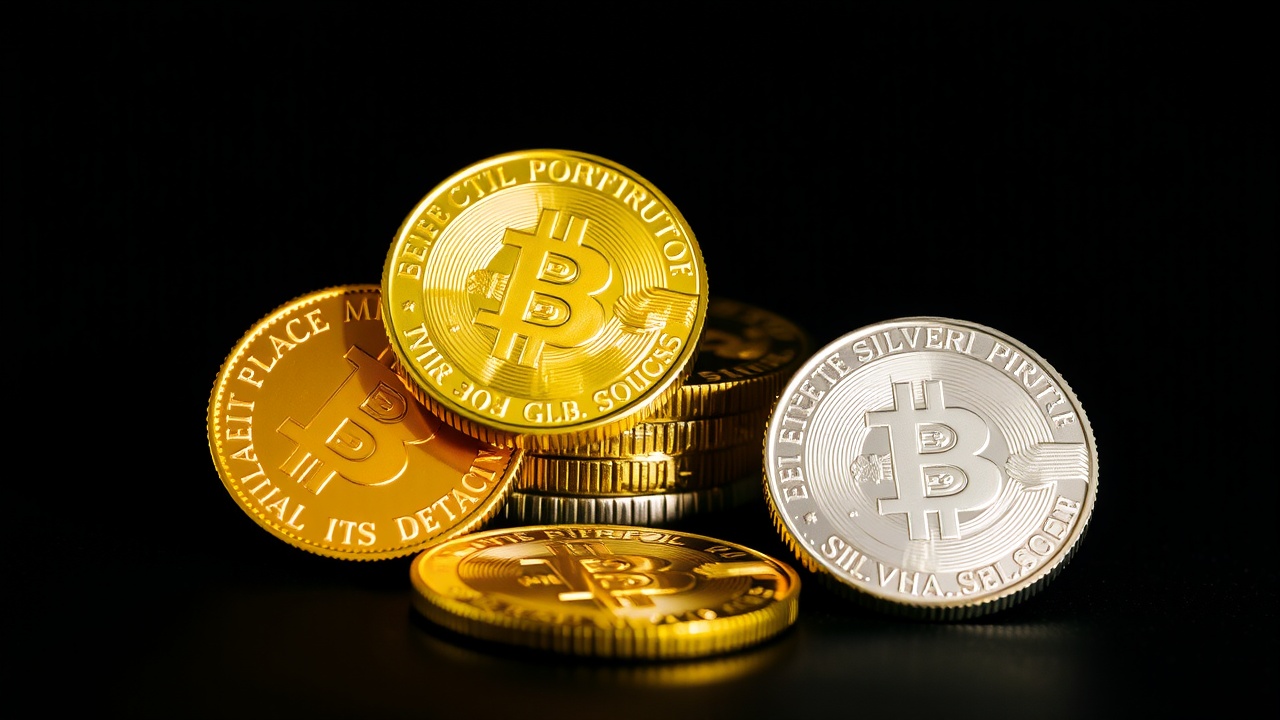
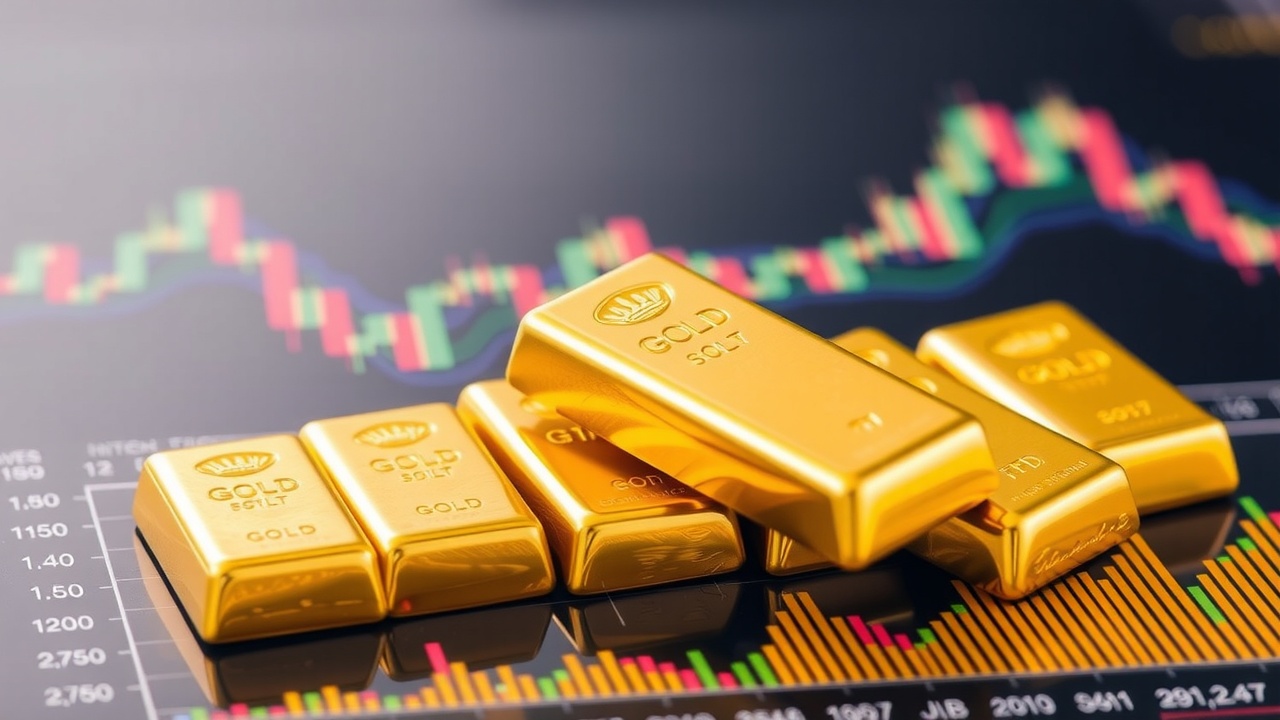
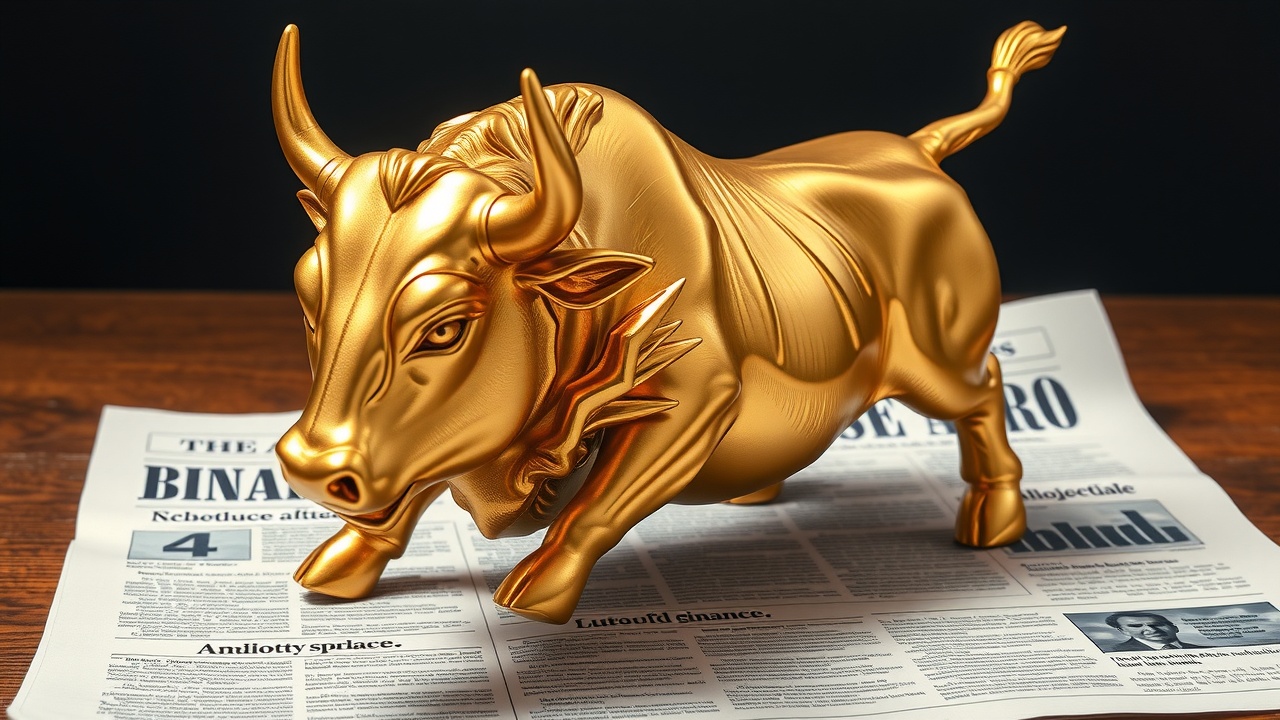
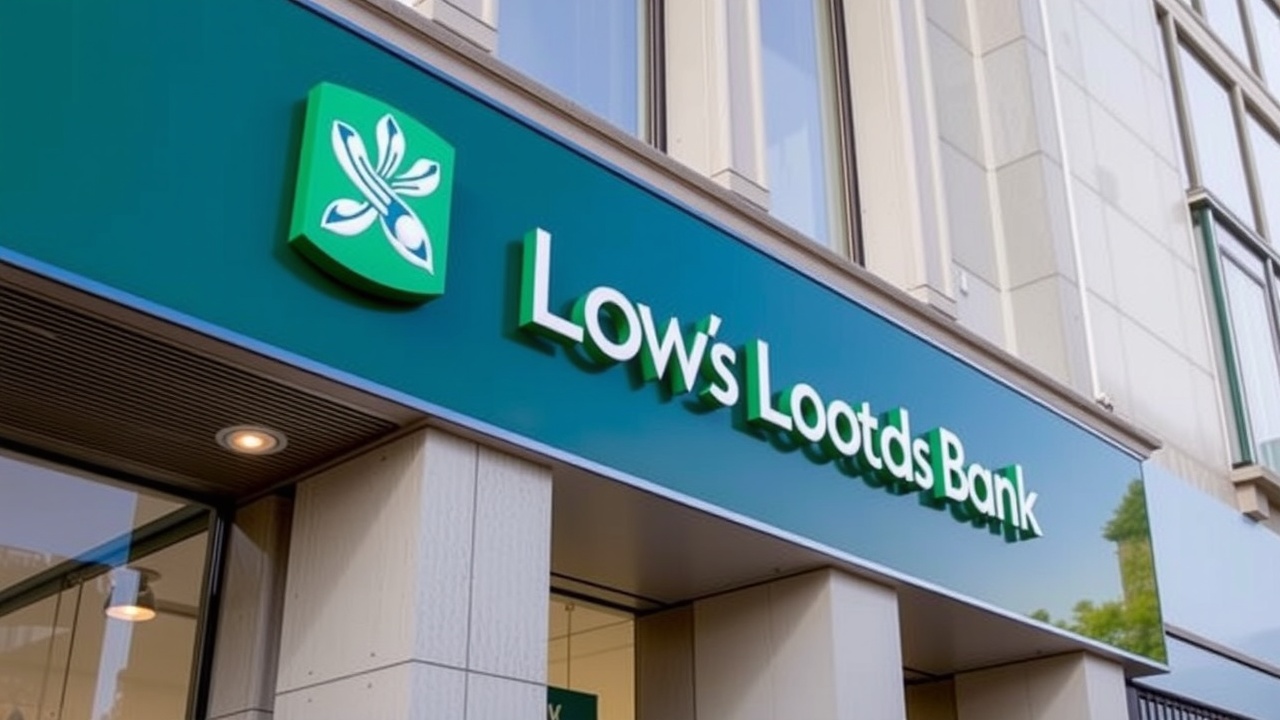








Leave a comment on: Is this a favorable moment to buy silver?